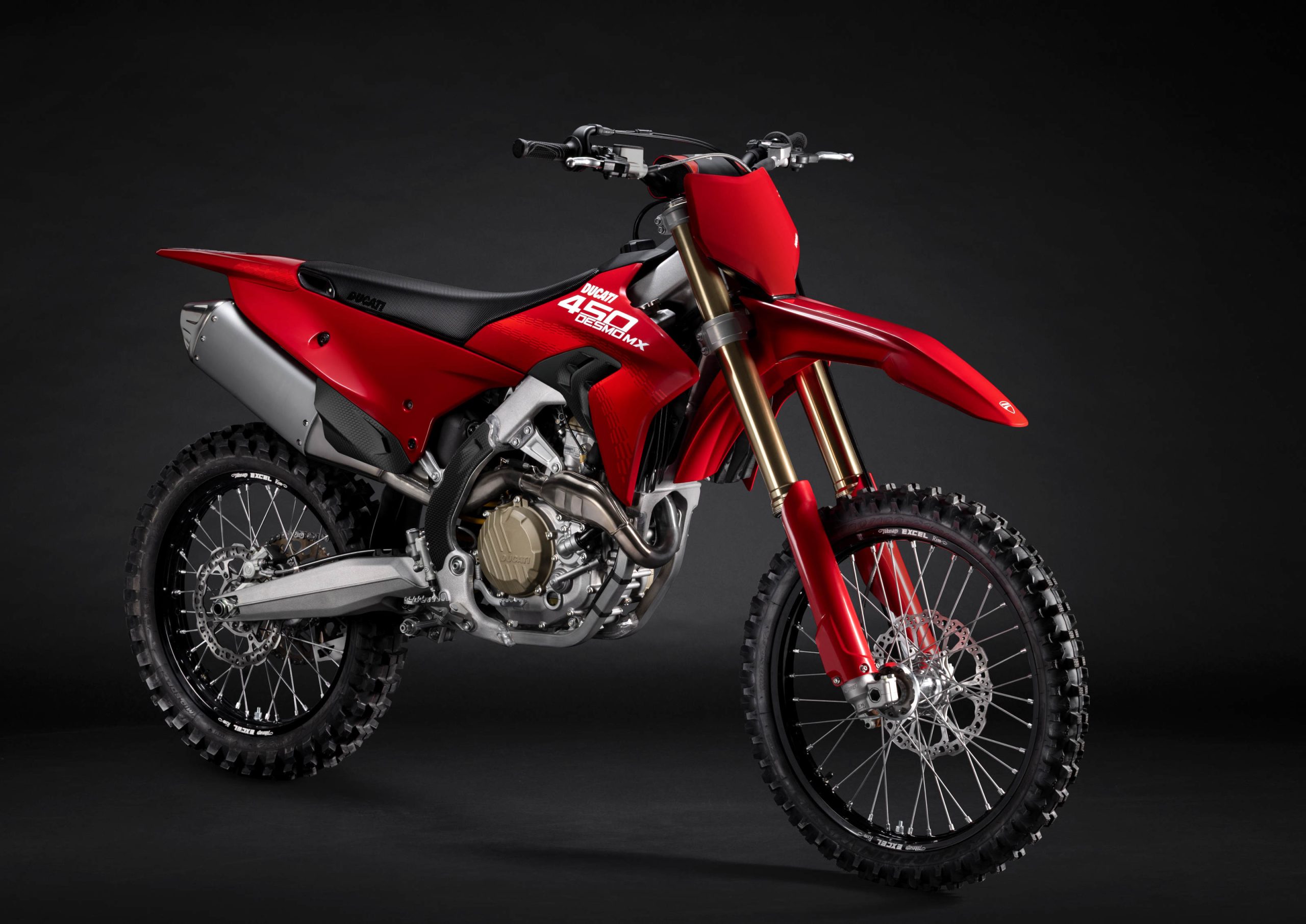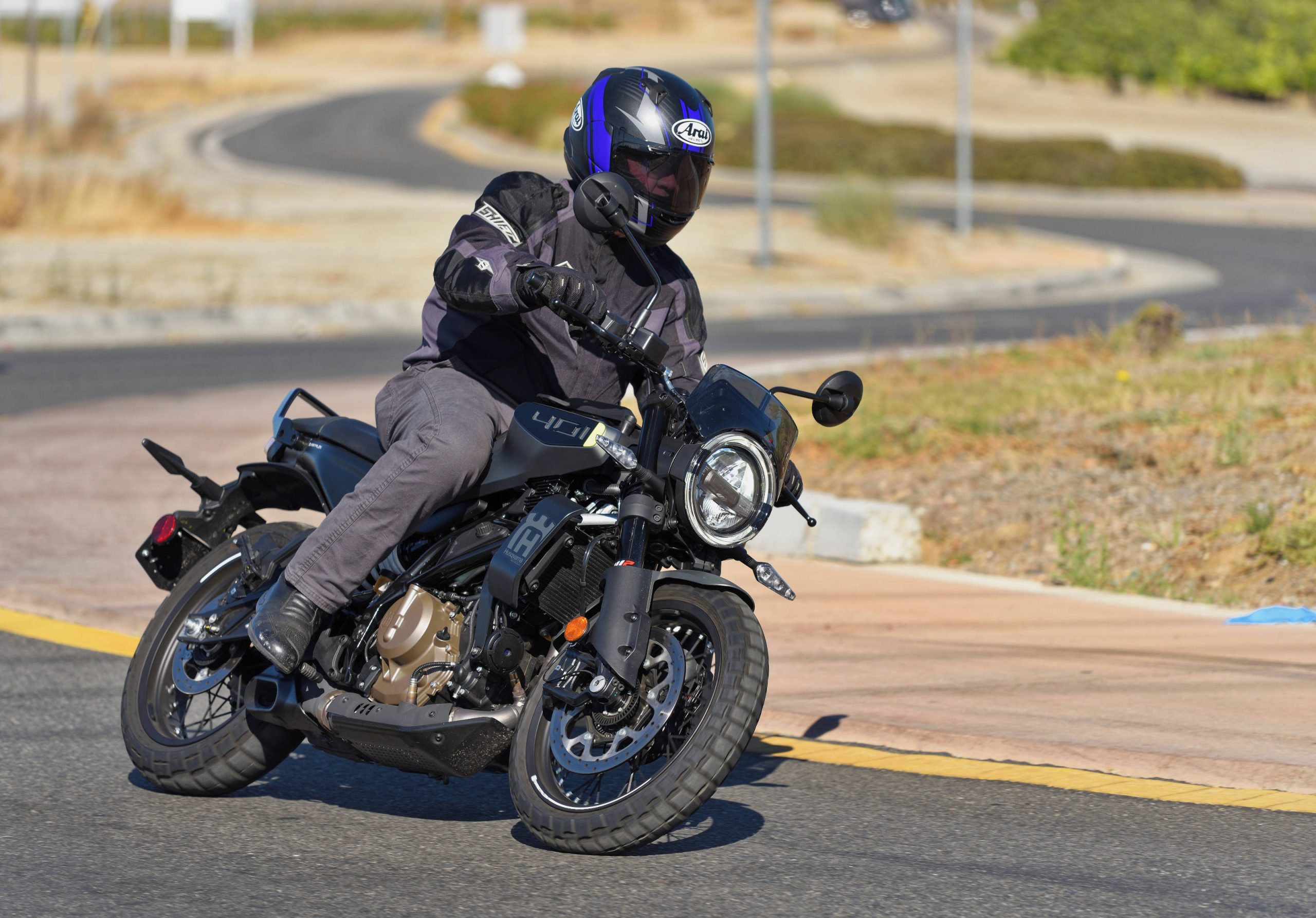
Parts One and 1.5 to this review contain initial riding impressions. You may want to check those out. Also, MD discussed some of the technical differences between Suzuki’s GSX-R750 and its new GSX-R1000 in an article on September 18, 2000, shortly after the big-bore bike was announced by Suzuki. Read that article for a discussion of the new features on this bike.
Let’s get right to the meat of this review. The 2001 GSX-R1000 is the new benchmark in open class sportbikes. In the never-ending game of technological leap frog, the great Yamaha R1 just got jumped . . . and it was a pretty big jump. No one familiar with an R1 will get off the GSX-R 1000 with a question as to which bike is faster or more powerful. They will know.
With roughly twenty more horsepower at the rear wheel than the R1 (that’s 15 percent), and less weight, the GSX-R1000 is an adrenaline junkies dream come true. The smooth fuel injection (Suzuki nailed it again on this bike) feeds in power very low in the rev range. Below 7,000 rpm, the GSX-R1000 is simply very, very fast. Above 7,000 rpm, this machine demands tremendous respect, even from experienced riders.

Despite a fairly significant weight bias toward the front wheel, the power-to-weight ratio of the GSX-R1000 leads to a wheelie machine like no other. Despite tall gearing, you can raise the front wheel in second gear quite easily with throttle only — no clutch required. In first gear, you simply have to be patient to learn to roll the throttle on and keep the front wheel on the ground. If you want to wheelie in first, the front end pops up early and easy, and can be held aloft without even finding the balancing point, simply by rolling on more throttle. Other bikes can do this, of course, but none like the GSX-R1000.
Fortunately, the GSX-R1000 does other things well besides accelerate viciously in a straight line. It starts with the superb, GP derived GSX-R750 chassis, and then gets upgraded forks and front brakes. The frame is thicker and stiffer to handle the additional horsepower and torque over the 750, as well.
Unlike the 750, the GSX-R1000 has a 190 section rear tire wrapped around a six-inch rim. Believe me, it needs it.
The GSX-R1000 has a very neutral and confident feel through corners. It does not turn as quickly as its smaller siblings, the GSX-R750 and GSX-R600, but it has an even more stable and reassuring feel than those bikes. Bottom line — it corners extremely well and, with all that horsepower, the added stability is a very good thing to have.

Back on the subject of horsepower, riders need to be careful turning the throttle on while exiting turns. The torque this bike generates is tremendous, and riders of all levels have to make sure they have a warm tire and a good grip surface before getting on the gas to any significant extent while still leaned over. This is not a handling flaw, it is a simple function of huge horsepower/torque and the amount of grip available from a rear motorcycle tire.
I have not taken the GSX-R1000 on the racetrack, yet. The racetrack is the best place to fully test brakes of this caliber. With twin, 320mm discs up front and six piston calipers, braking is more than adequate for all street riding. You cannot over tax these brakes on the street, and no fading of brake power was experienced during our test. Feel at the front brake lever is excellent, as well.
The rear brake works well, but when stopping a machine like this you will primarily rely on the front brakes, obviously.
Strangely, the exhaust note emitted by the GSX-R1000 is quieter than that of the GSX-R600 we tested a short while ago. This may have to do with the power valve built into the exhaust collector pipe. That valve, like Yamaha’s EXUP system, can vary back pressure at different engine rpm levels to optimize performance. Coupled with the relatively long stroke design of the GSX-R1000 motor, the machine is extremely torquey from way down the rpm range. This is another reason why corner exit throttle application needs to be judicious, and not careless.
The transmission and clutch worked flawlessly during our test. The ergonomics of the machine are again similar to its smaller siblings. If you have sat on a GSX-R750 or 600, you should have a pretty good idea of what it feels like to sit on the 1000. Those ergonomics are quite sporty, with relatively low bars and high pegs — befitting the GSX-R’s race heritage. Nevertheless, after an adjustment period, my 44 year old body has always felt relatively comfortable on the GSXRs. The position of the bars, seat, pegs and tank all work in harmony with the rider.
Suspension on the GSX-R1000 is also extremely good. We picked up a bike that had been used at the racetrack press intro last month, and I did back out rebound damping one click on each fork leg. This made the forks feel a bit more supple on the street. I haven’t been looking to touch any of the other adjustments available on the forks and shock (which include compression, rebound and spring preload). For my 200 pounds, the suspension felt just about right on the street, and I was impressed with how supple and reactive it was — soaking up small bumps well, but remaining firm for performance riding.

|





